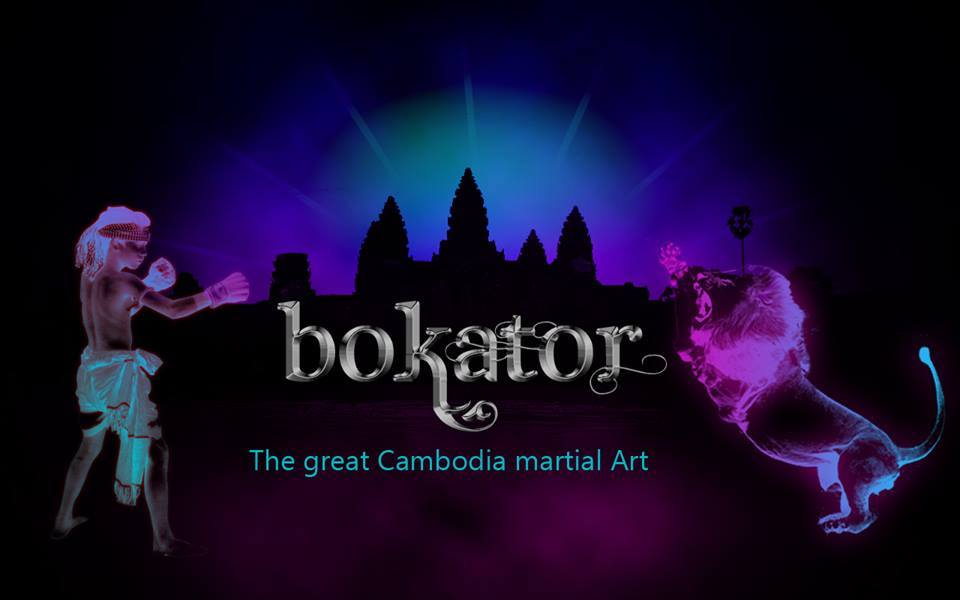The Gallery of 1,000 Buddhas
Sculptures from Angkor National Museum:
The Gallery of 1,000 Buddhas, one of the finest collections representing Buddha through the ages of the Khmer Empire, is your first port of call at the Angkor National Museum. The collection includes Buddha images in sandstone, bronze, gold, silver, marble and wood, with much of the display focusing on the Angkorian and post-Angkorian period. It really is a stunning entry into the museum, with miniature Buddha figures backlit in small alcoves around the whole room where the remainder of the exhibits are displayed, in chronological order. Rare representations of Buddha can be seen in the form of these two artifacts, an iconic reclining Buddha and the foot of Buddha, both originating from the Bayon temple and dated to the post-Angkorian 16th century. The reclining Buddha refers to his entry into Mahaparinirvana, which sees him abandoning his earthly body in order to enter nirvana and a release from the cycle of death and rebirth, known as Samsara. Buddha is lying on his right side, which is most common in examples found from the later period. Resting his head on a cushion and his right hand, his left arm is parallel with his body, which is clothed in a transparent robe. His face exudes serene calmness, with extended earlobes indicating the rejection of the heavy jewelry that had stretched them in the sage’s former princely existence. The ringlet curls that cover his head refer to 108 snails who gave their lives to protect the Buddha from the hot sun while he meditated and the prominent cranial bump or usnisa, signifies his supreme knowledge. This significant moment in Buddha’s life was found on the first floor, southwest corner of the Bayon at Angkor Thom and arrived at the museum in 2007 upon its opening.
The footprint of Buddha, known as Buddhapada, is another Buddhist symbol of veneration that was commonplace in India and Southeast Asia and represents the Buddha's earthly and enduring existence, enlightened nature and religious teachings. This sandstone Buddhapada was one of two found at the Bayon and moved to the Angkor Conservation depot for safety before being added to the ANM collection upon its opening. Noticeable in the center is a feature known as Dharmachakra or wheel of dharma, symbolizing Buddha’s teaching and the universal moral order, which appears to be accompanied by 32 auspicious signs of the Buddha (or maybe more), engraved on the sole and toes. Another Buddhapada example, found at Angkor Wat and now at the Preah Norodom Sihanouk-Angkor museum, is similar but has 108 carved signs (made up of 32 major characteristics and 76 lesser ones). The signs on the feet can differ between cultures and different time eras.
About Me
I have graduate from BUILD BRIGHT UNIVERSITY(BBU) AND PREAH SIHANOUK RAJA (SBU) I work at Khmer Plus Computer Address: #156BE, St.63 (Trasak Phaem), Sang kat Chaktomok, Khan Daun Penh, Phnom Penh And Much More... Hey..My name is Thol Un Welcome To my site! Hope it will help you! Nice to know you! Indroduce My Self -My name is Thol un.I come from Kompong cham Province -Now I am staying at Langka pagoda .I have graduated from Build Bright University -My Major is Information and Network Technology -I am Working at Khmer Plus Computer -I want to get experience From your Company and develop your Company to be More Successful forever
Thanks for Support
Copyright©️:2021 All Rights Reserved. @Mr. Thol Un Hi every body, In this video I want show about the people success with Website, All This The Result From Website Partnership. Make money online speak Khmer: Please Followers My Website to Get More Videos!! Giving Dharma Is Better Than Giving Things!! Thanks for Support My Website !! This Website is created for the purpose of spreading the Entertainment Cambodia and other History Khmer, Dharma Khmer, Cooking Khmer by posting videos in Website Blogger or Blogspot YouTube and Facebook Page. Thanks and thanks for the support for this Website ..! Thanks For watch all this Website !❤ Like ✅Share ☑️ Comment❤ Kindly donate to the ABA Bank : ❤Thol Un❤ ❤001885833❤


















